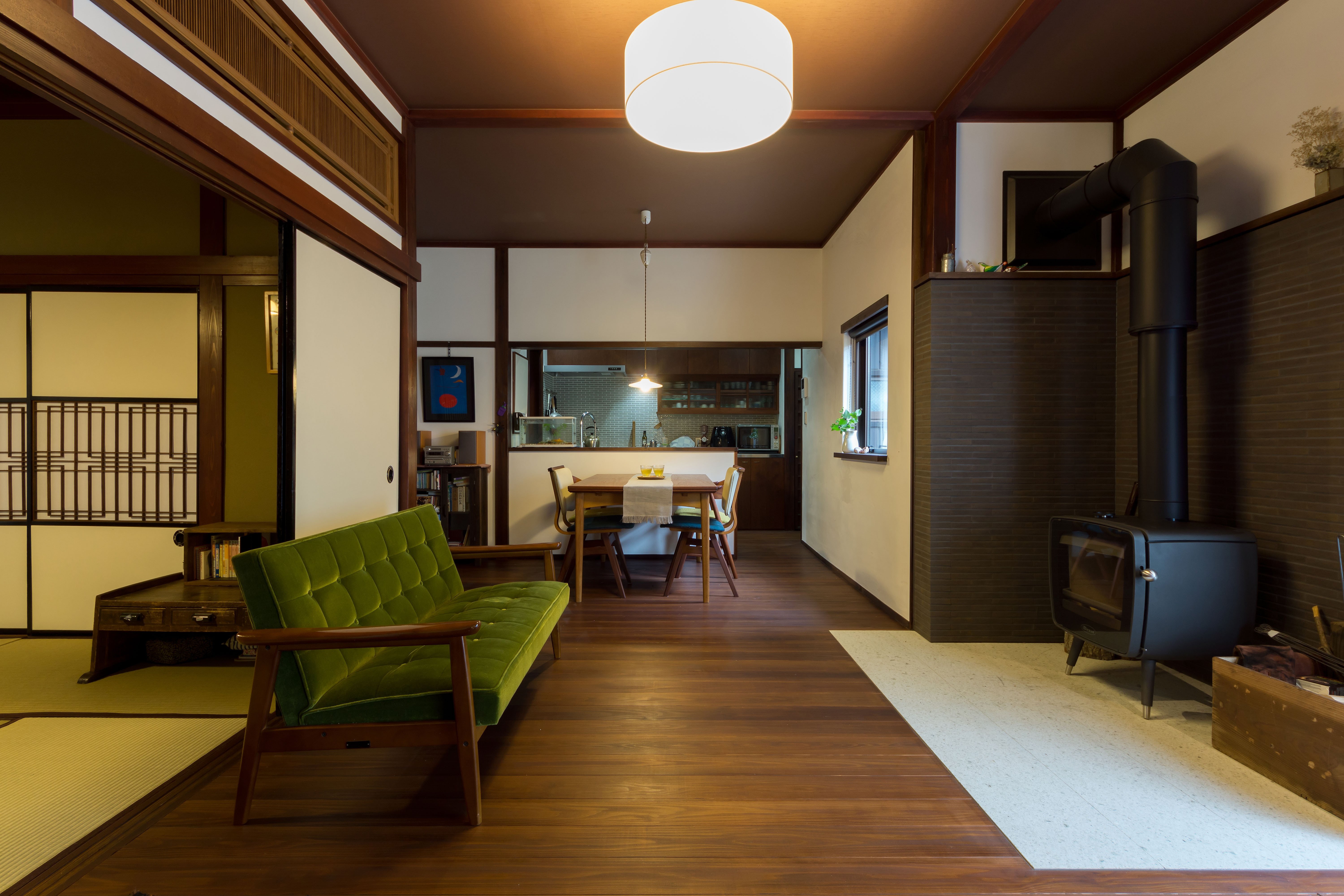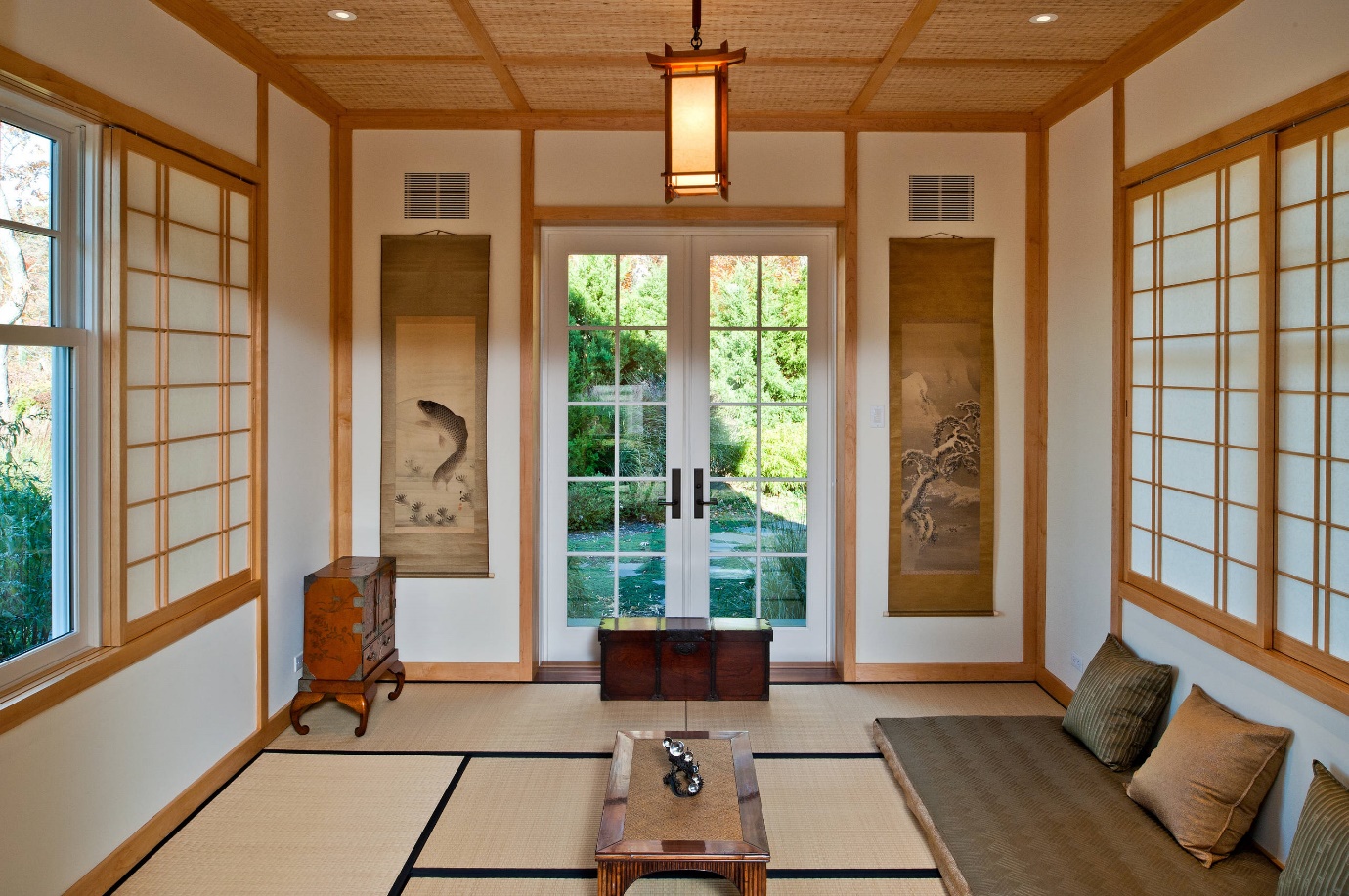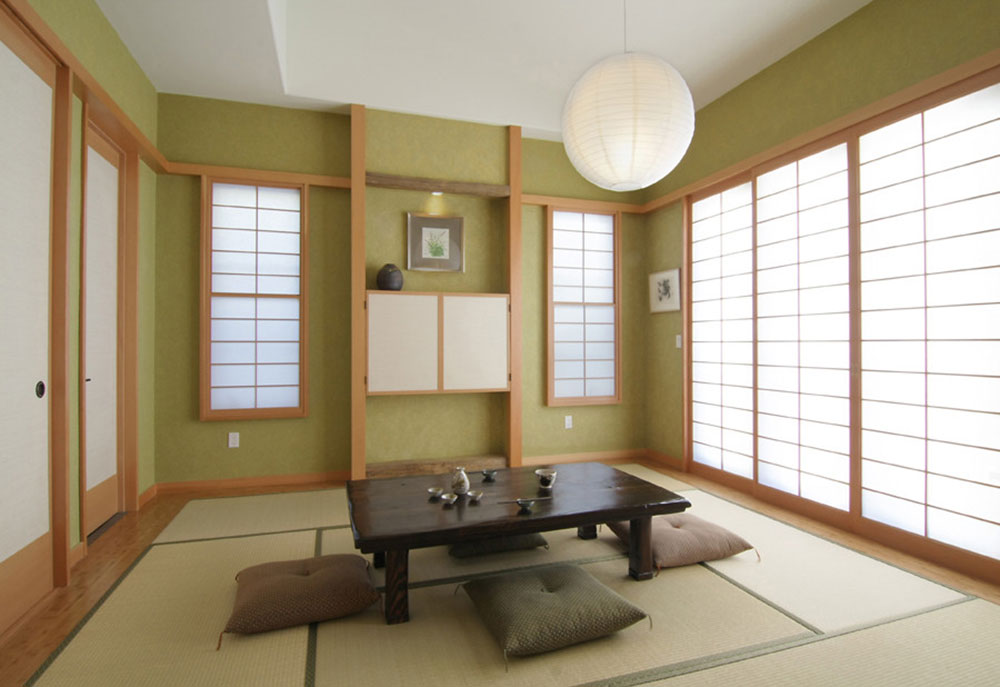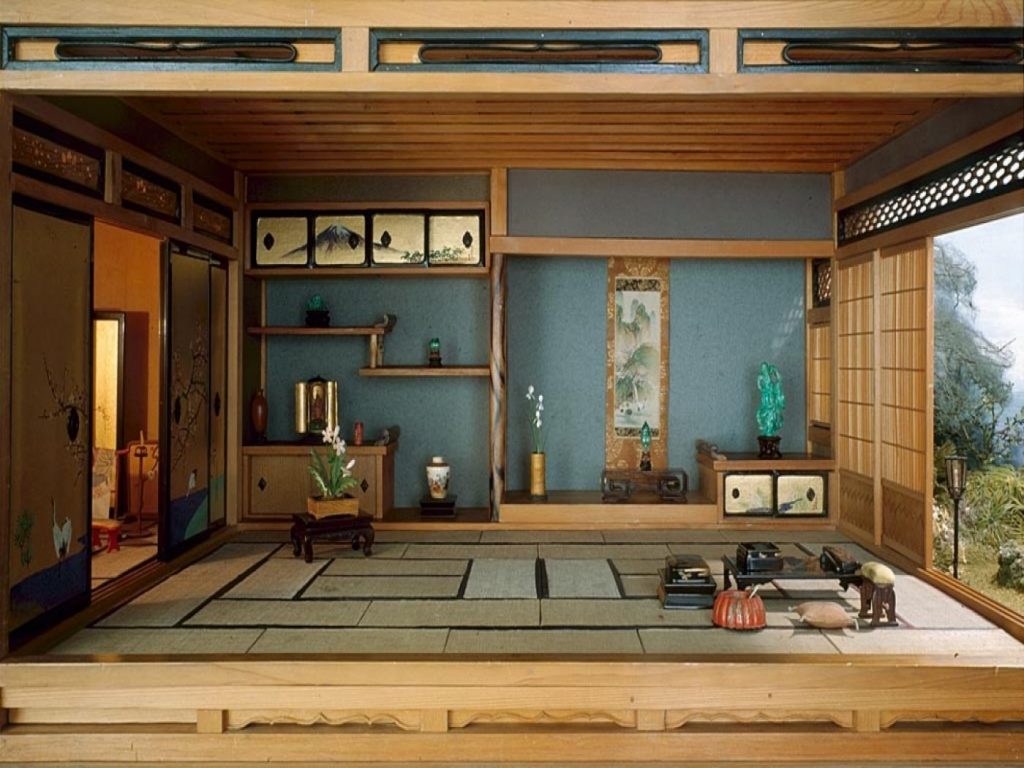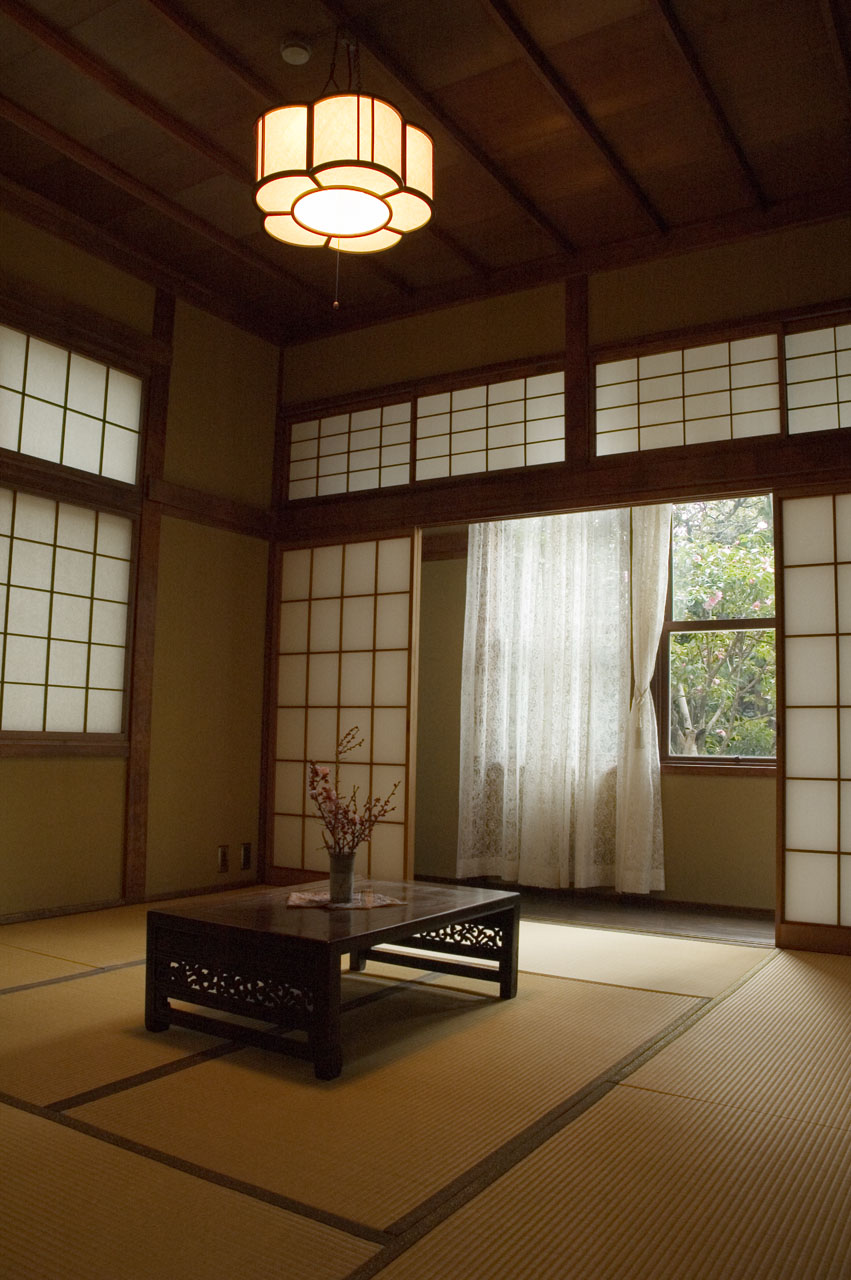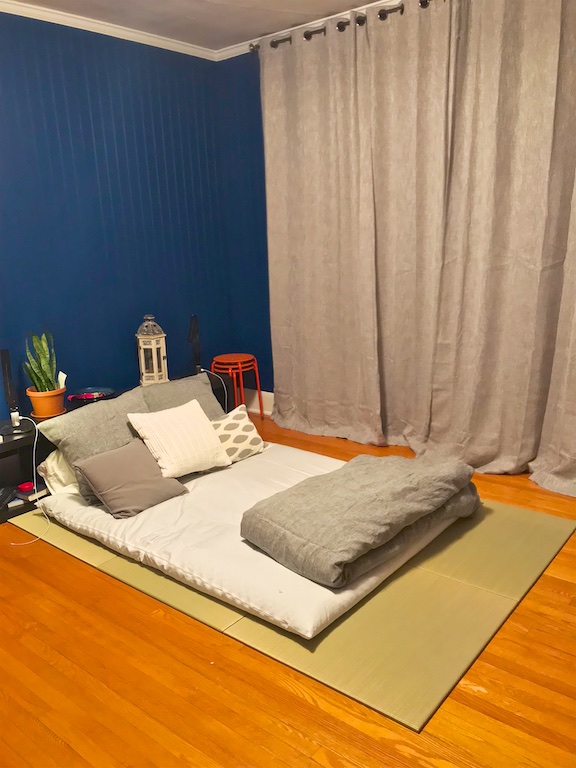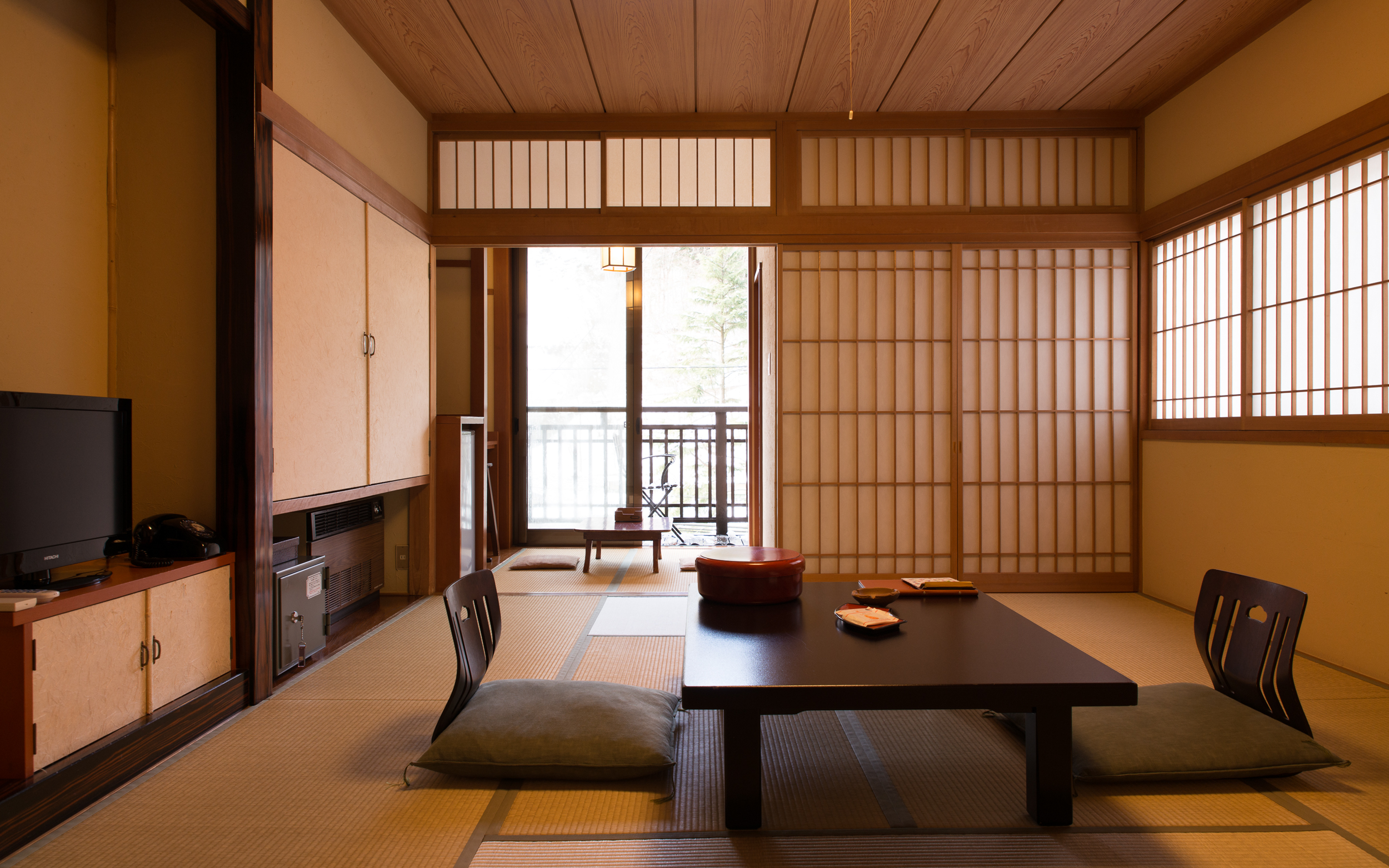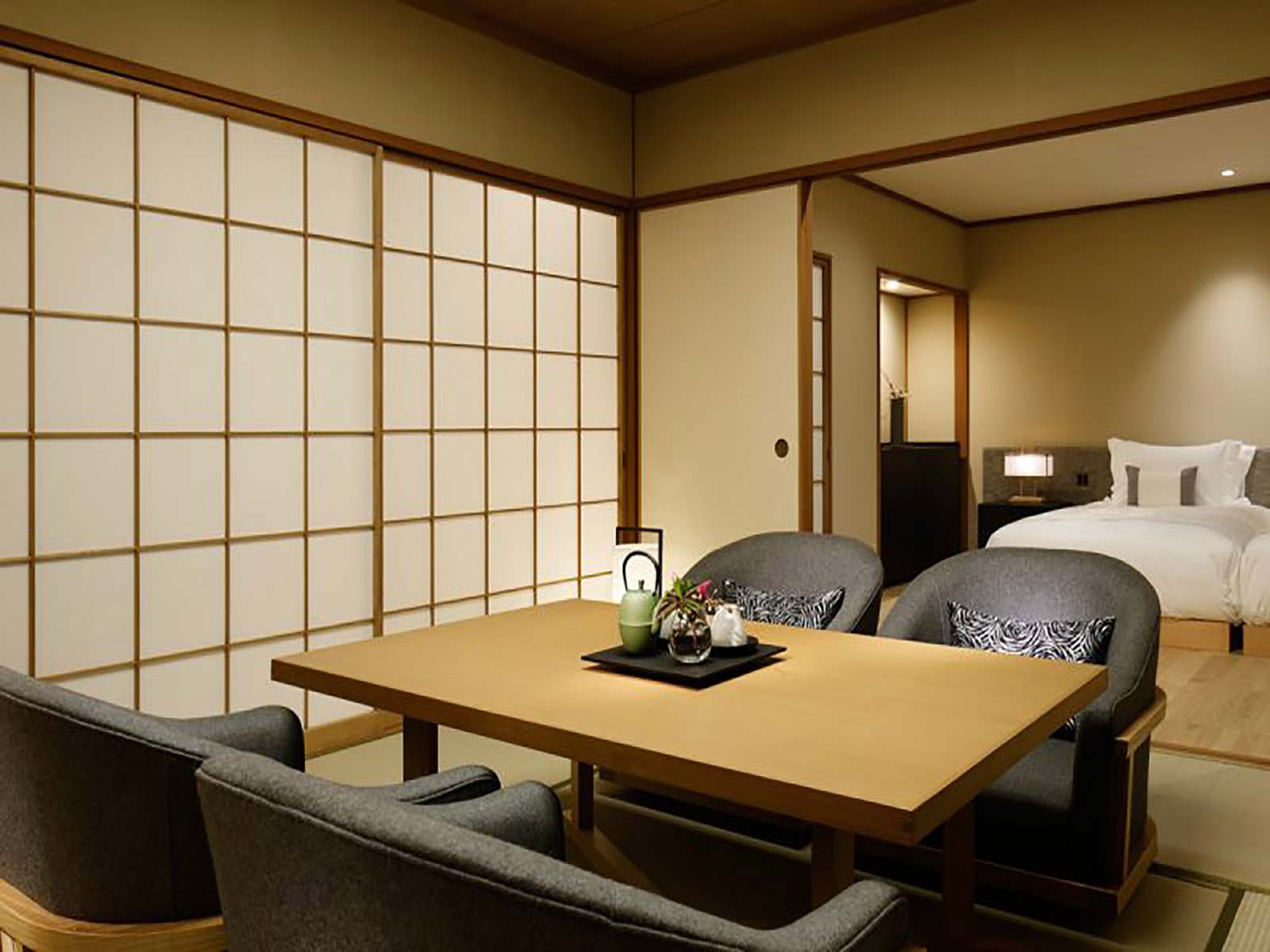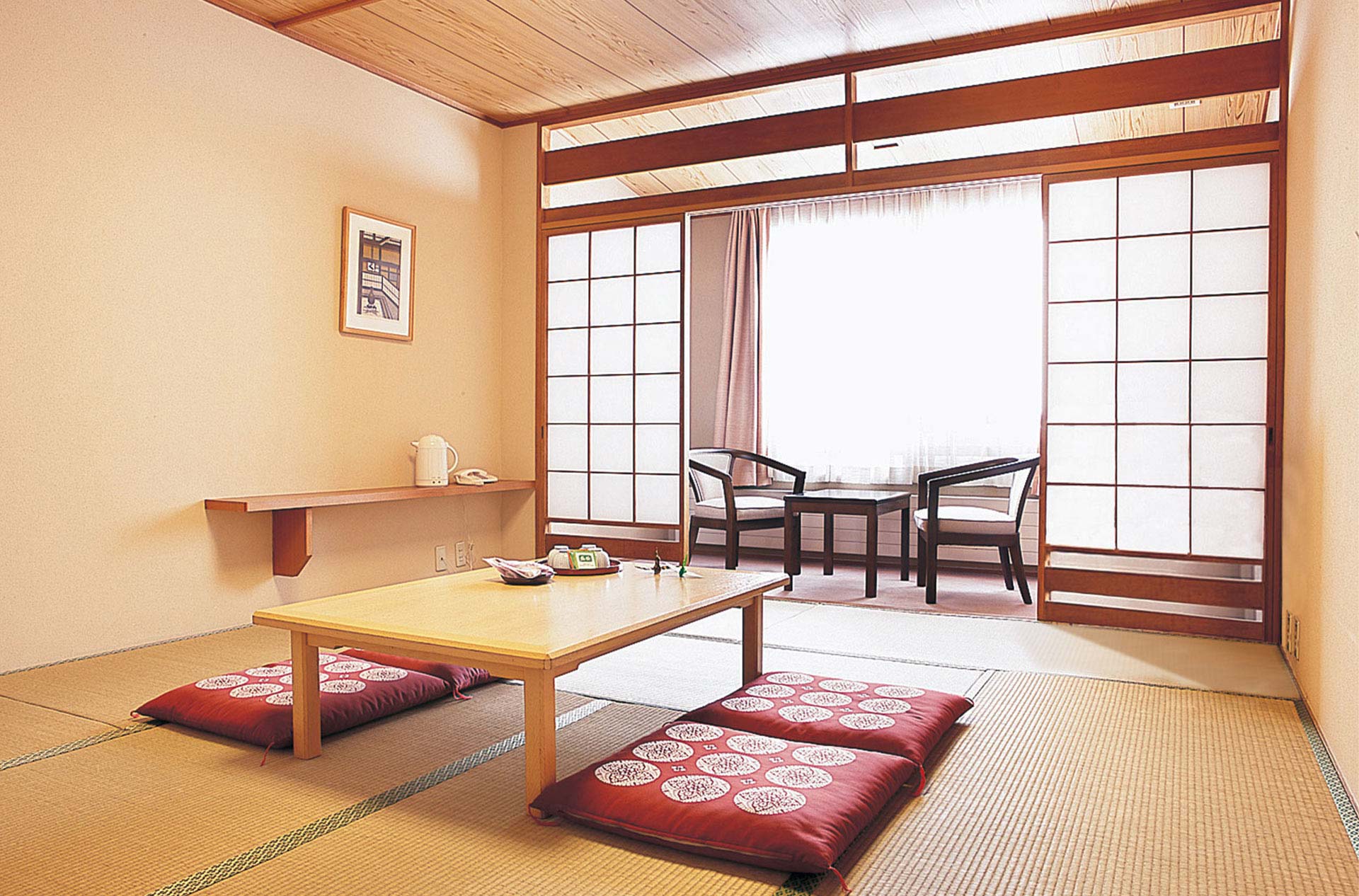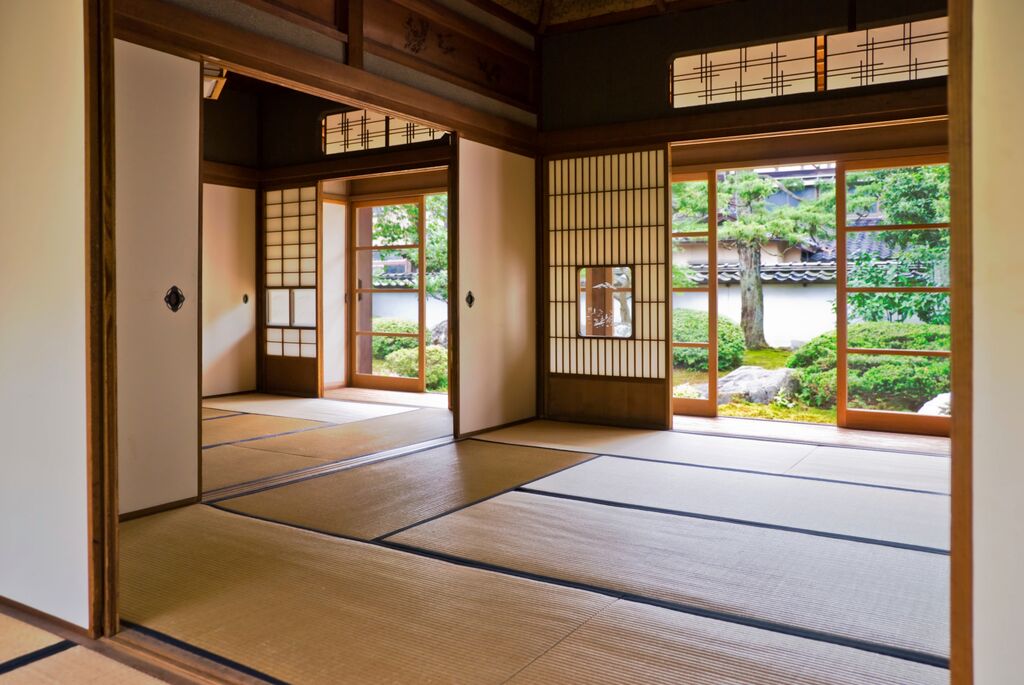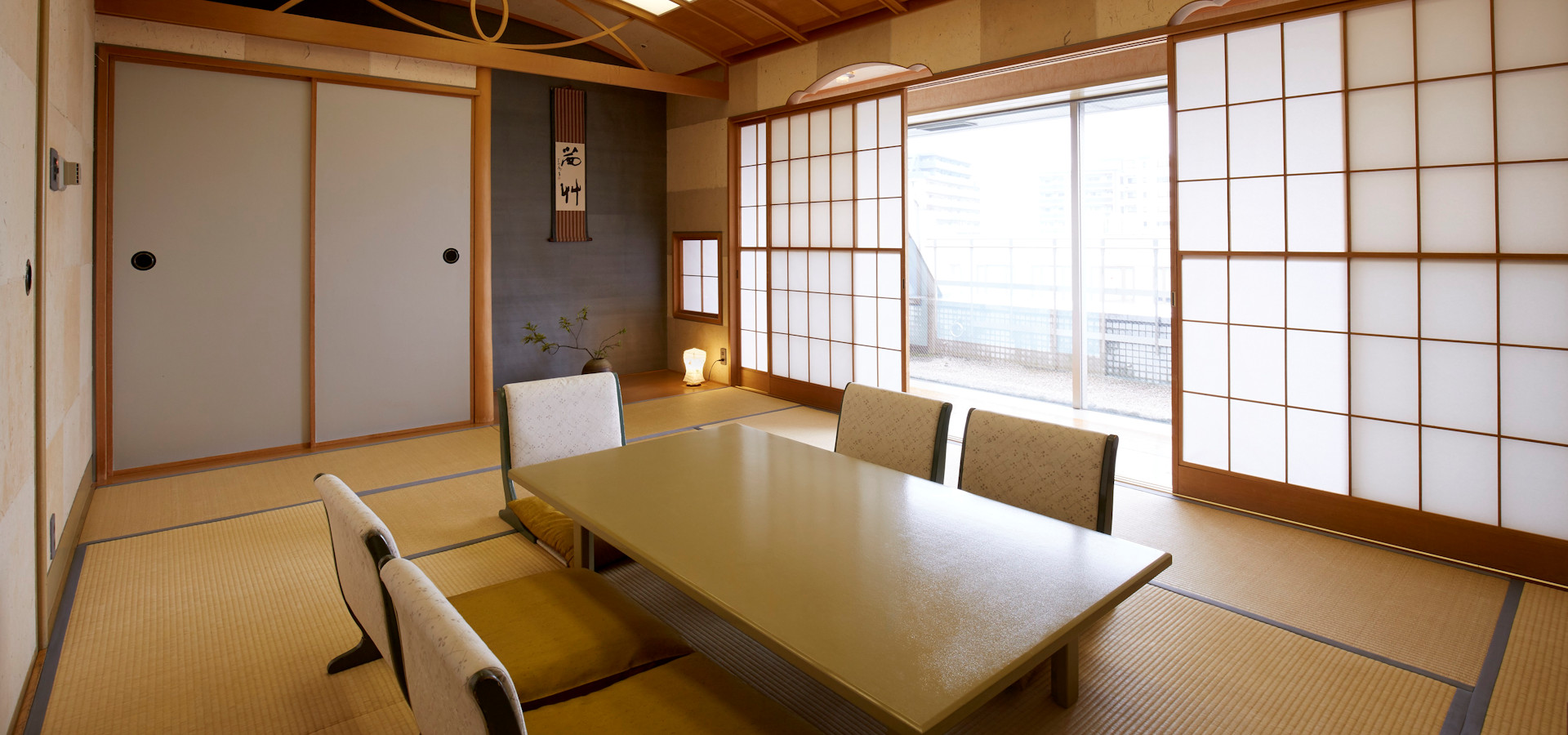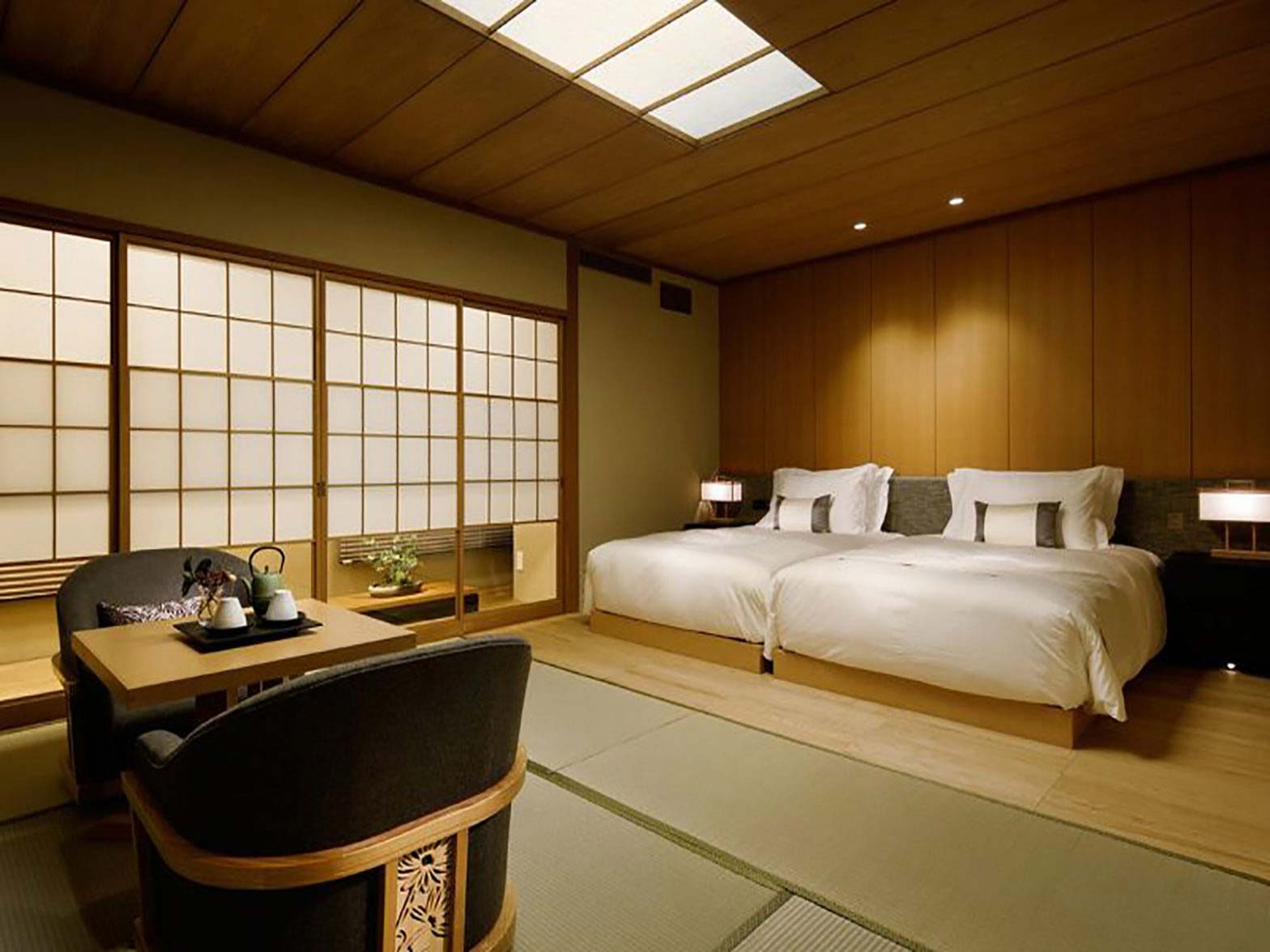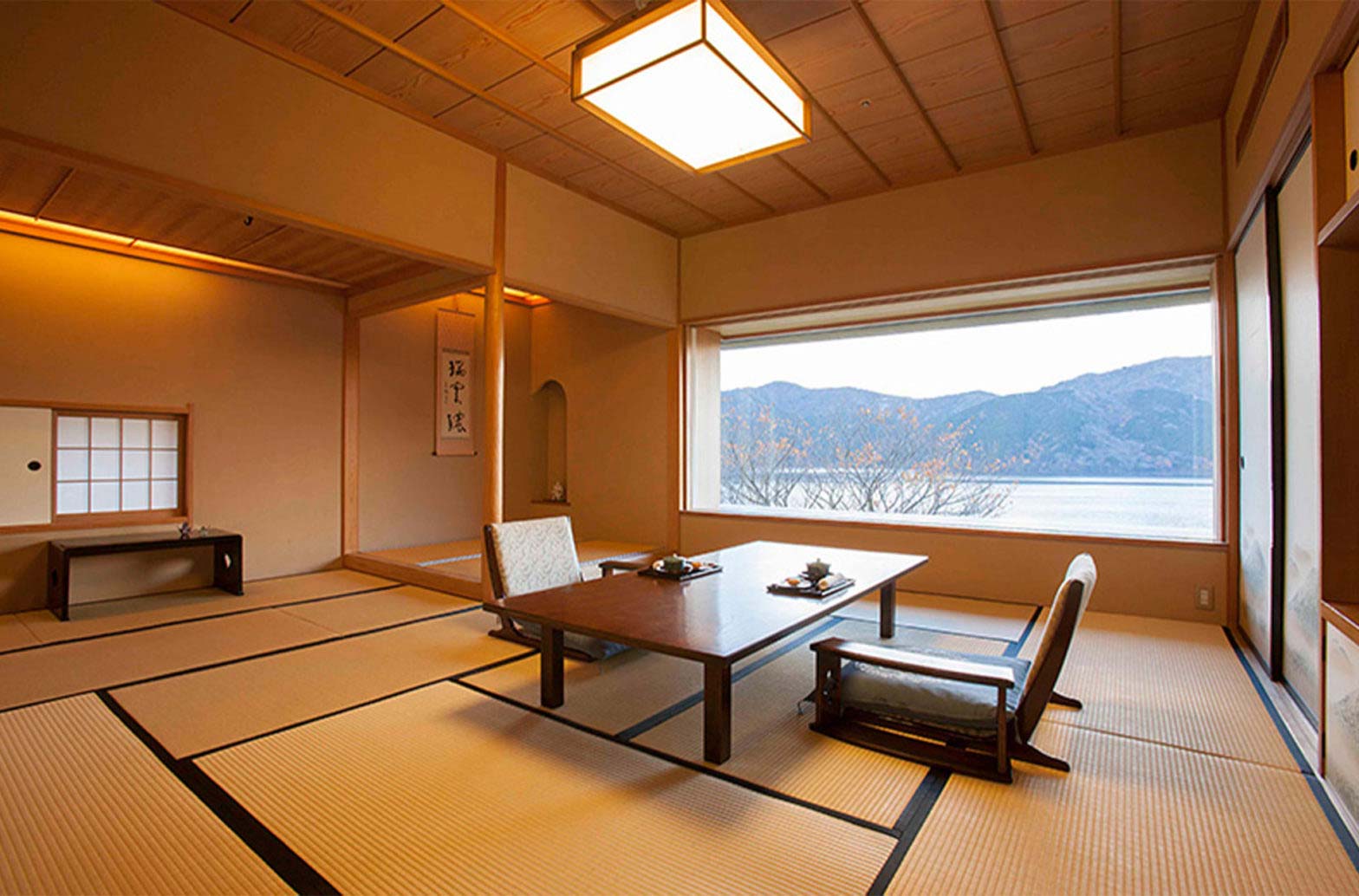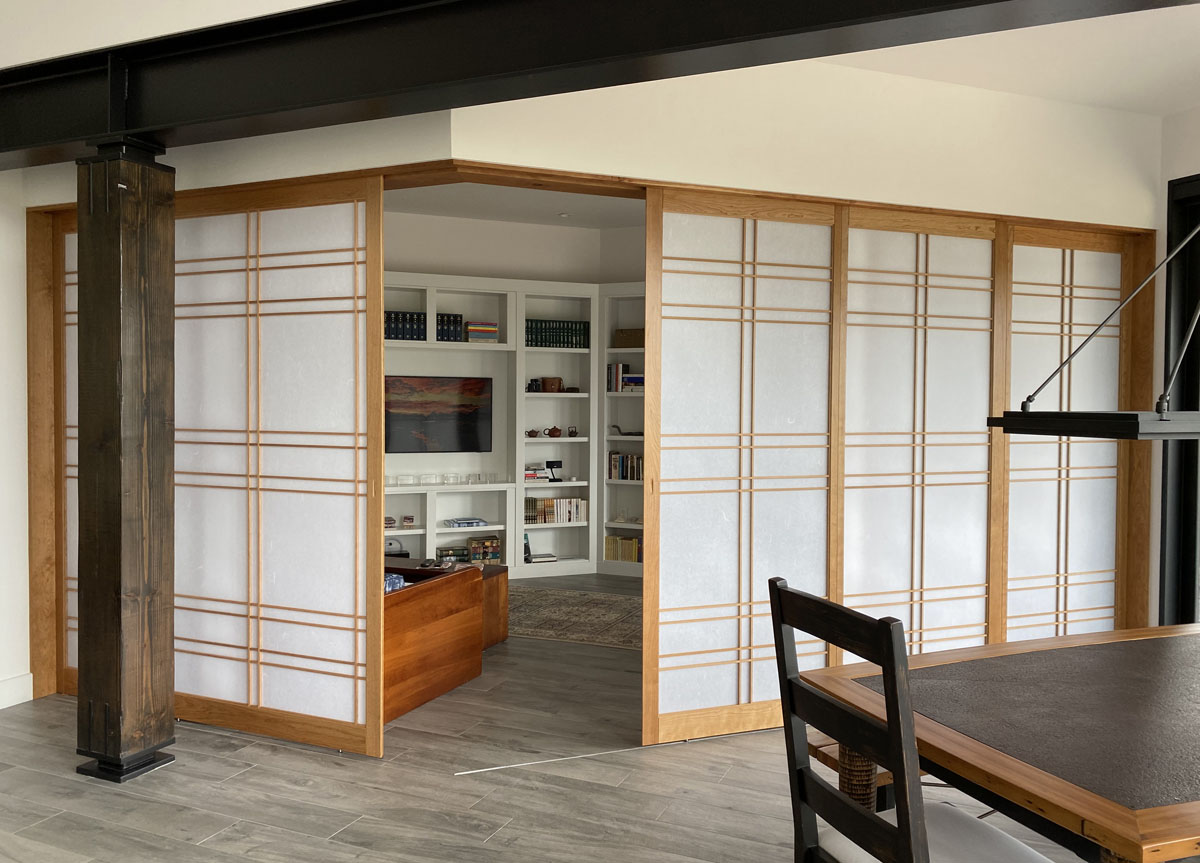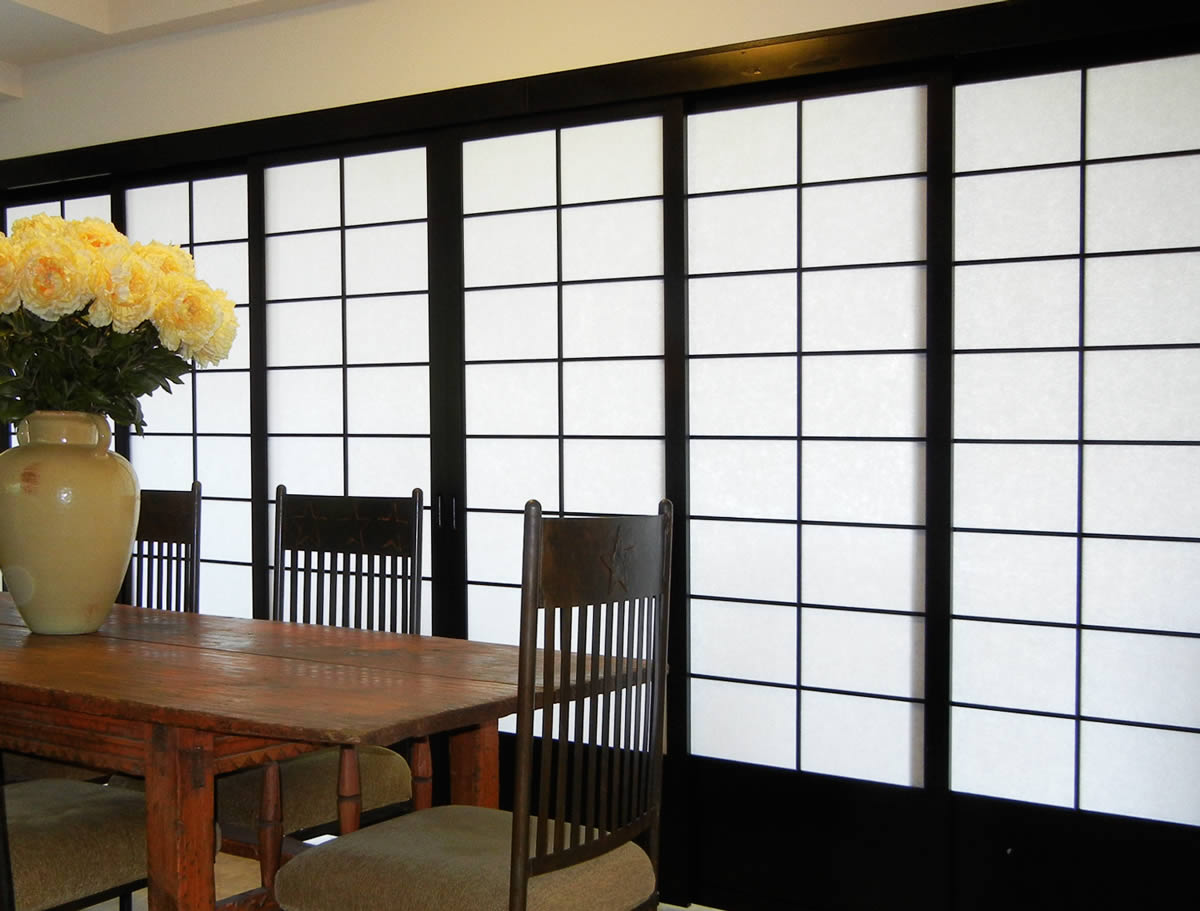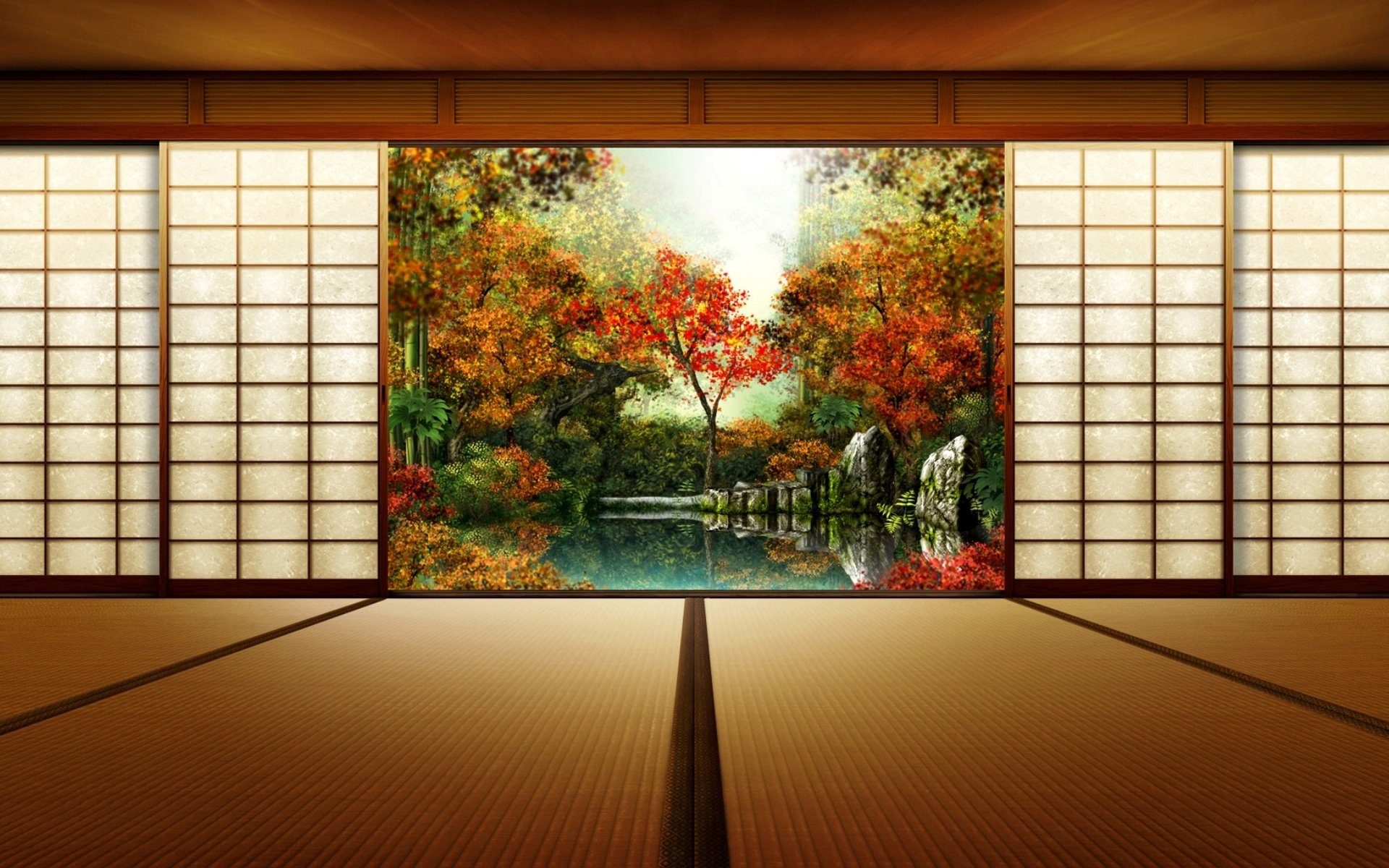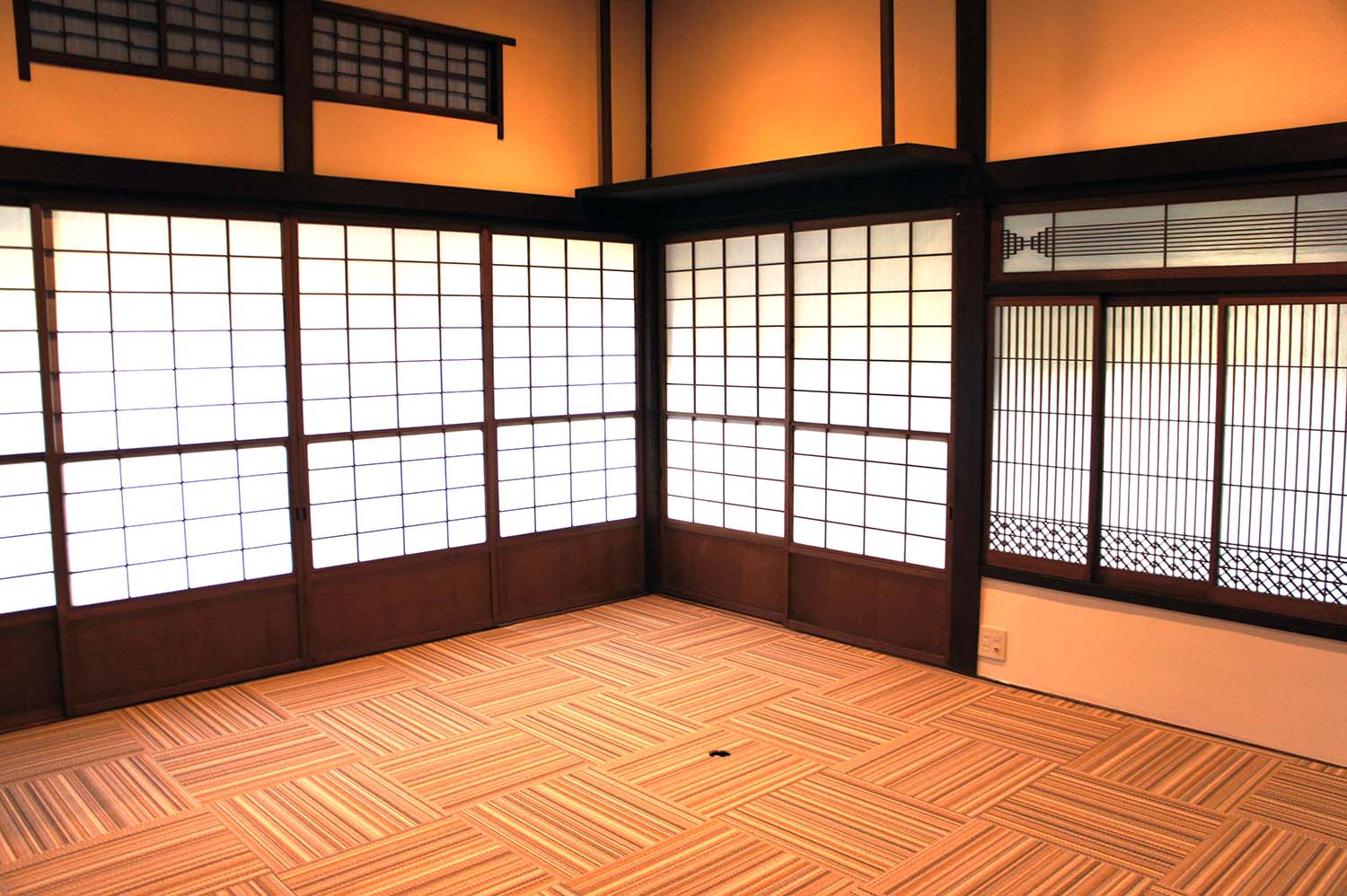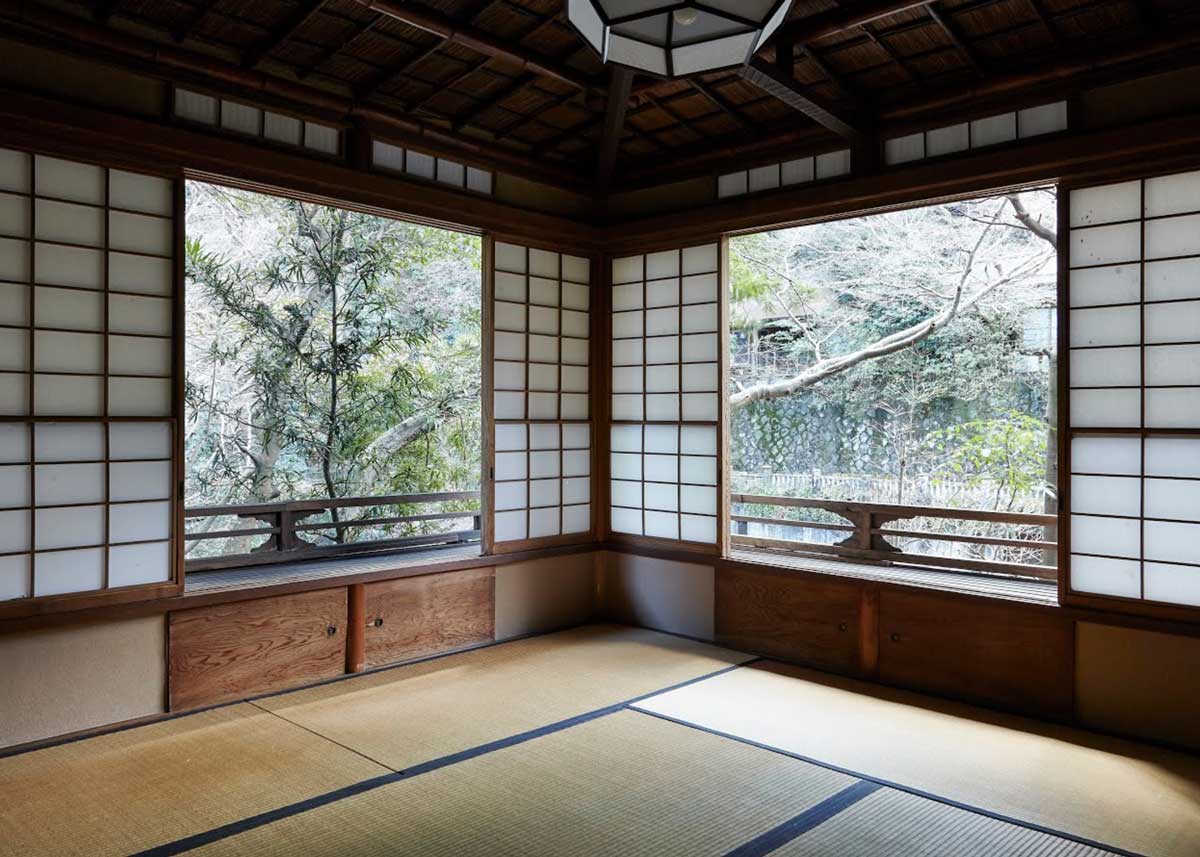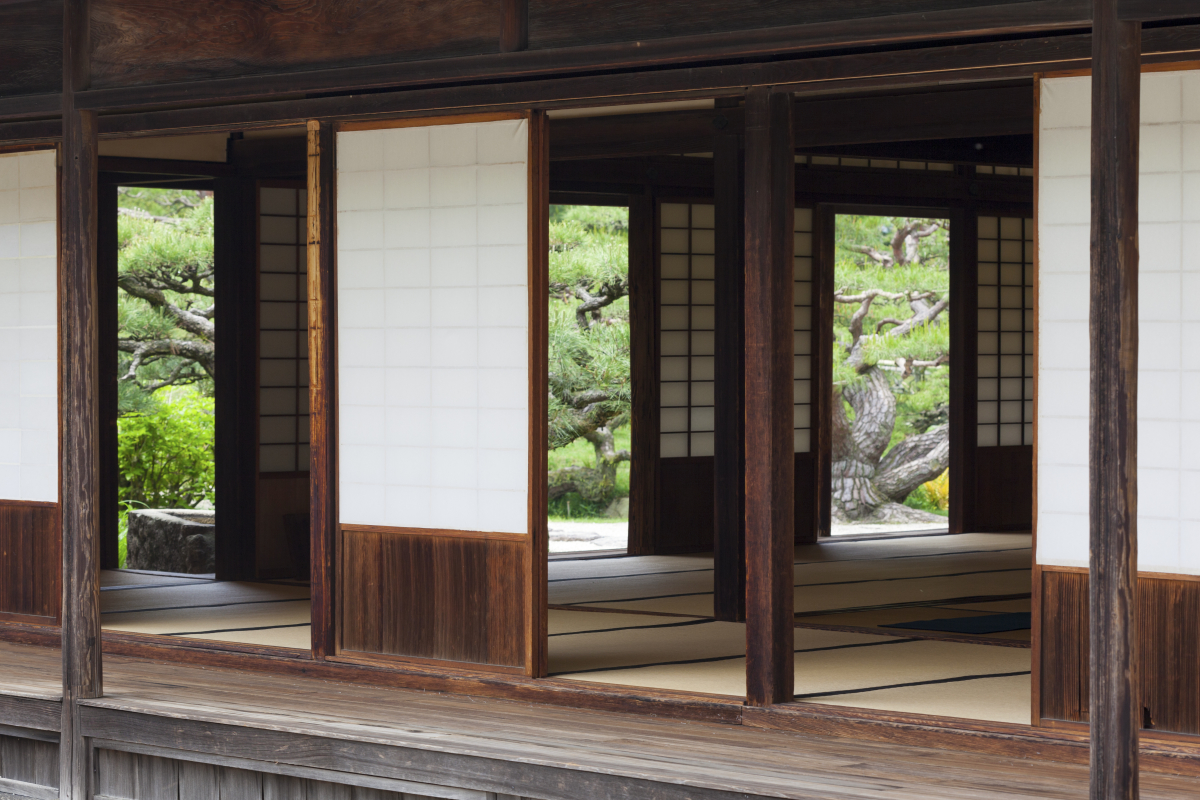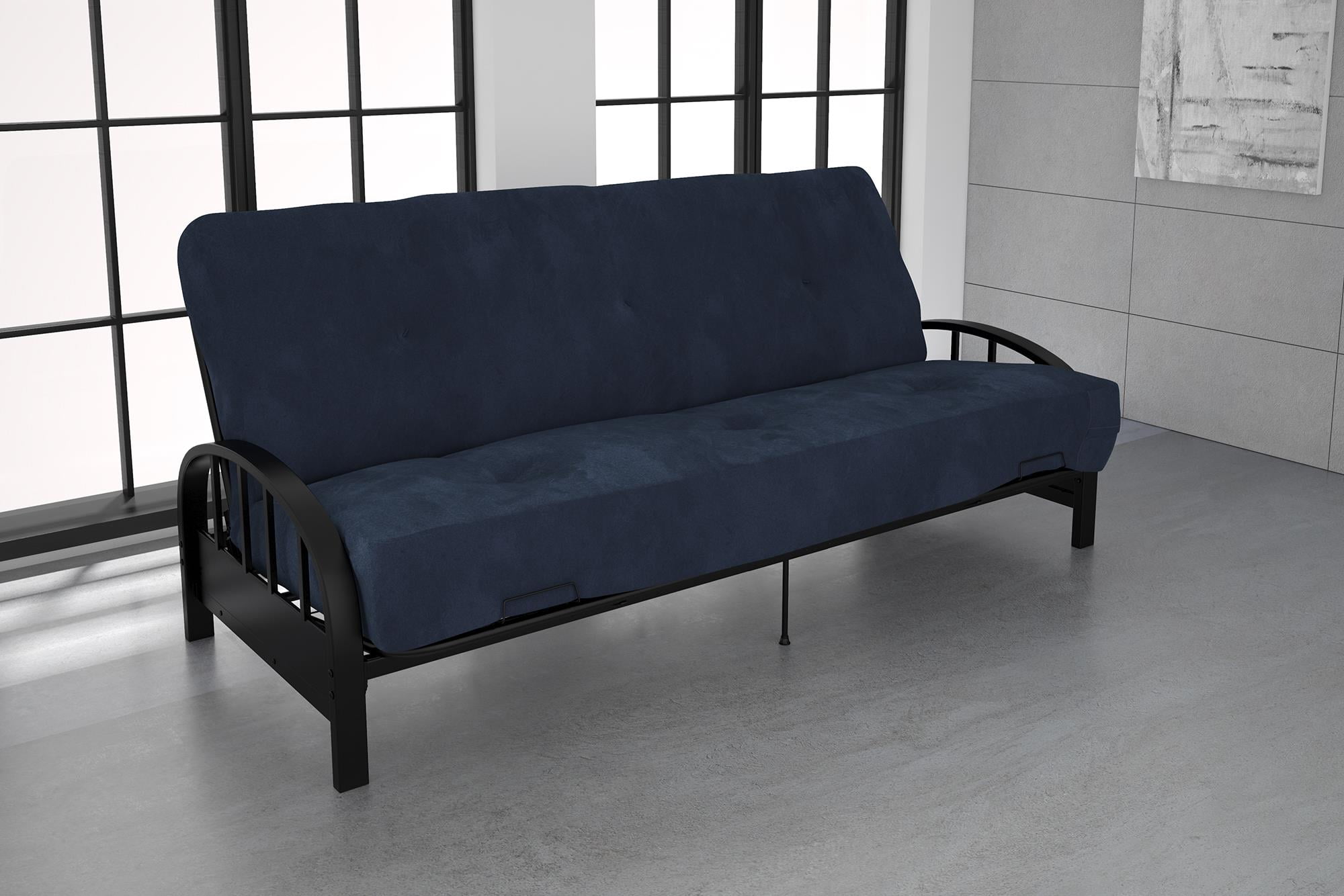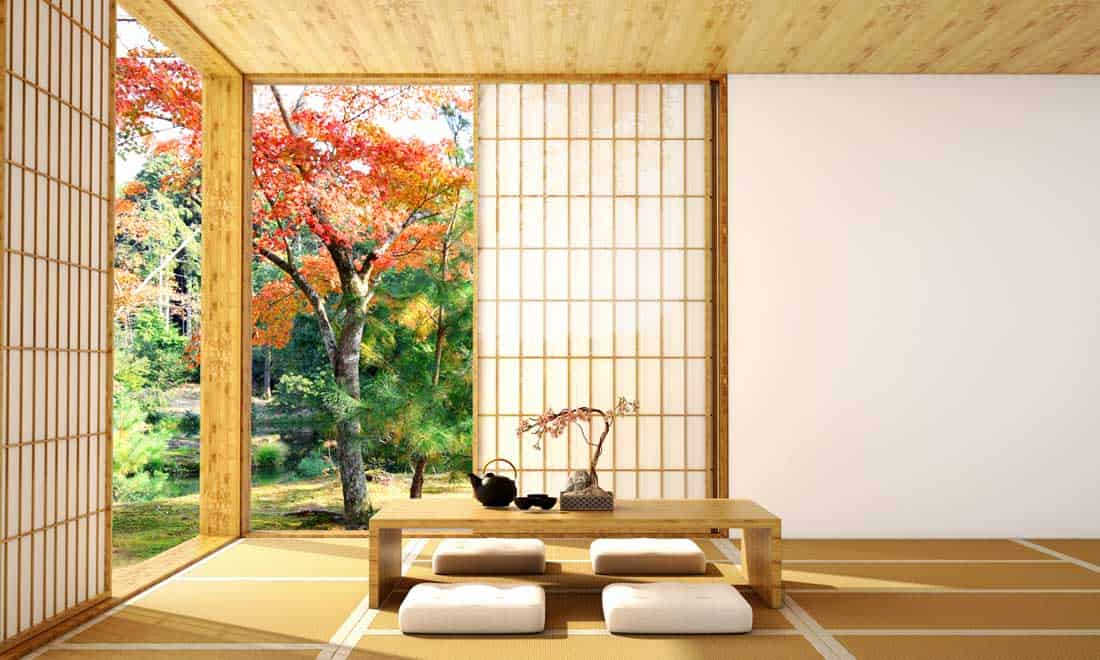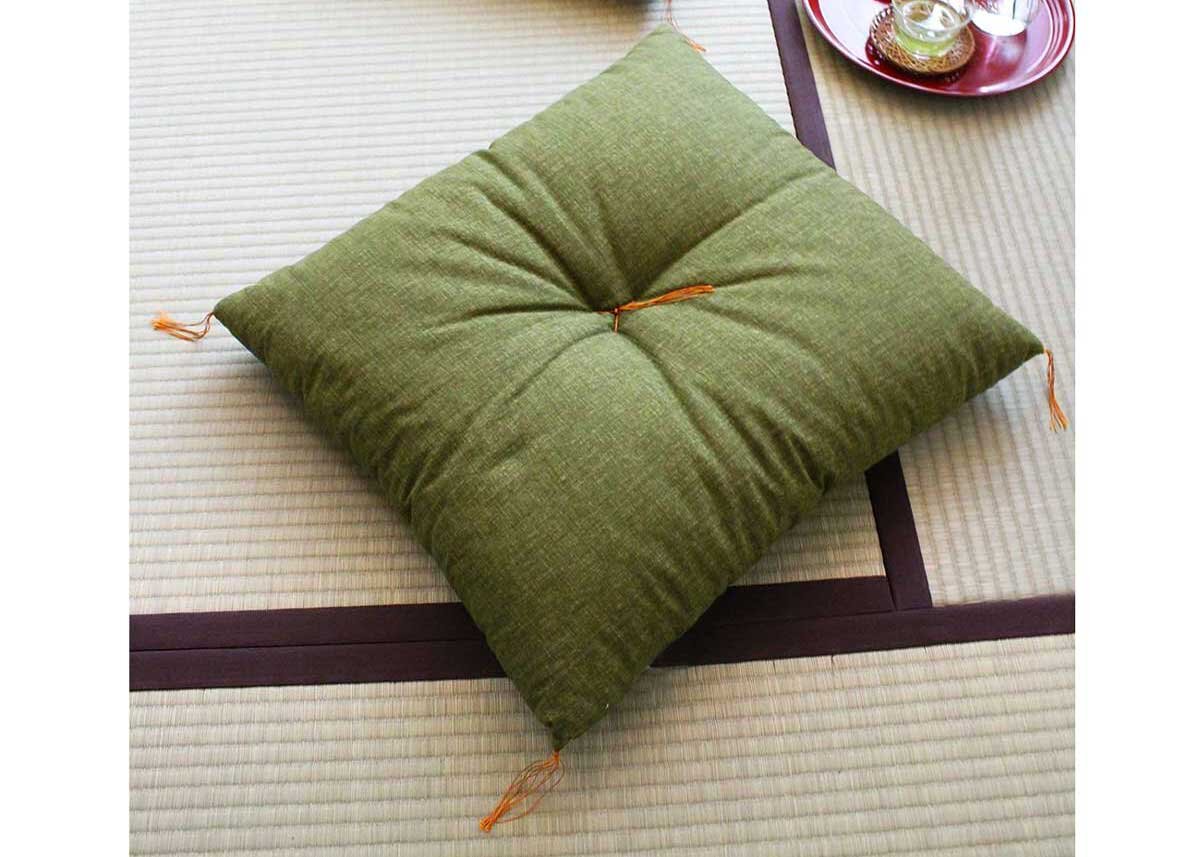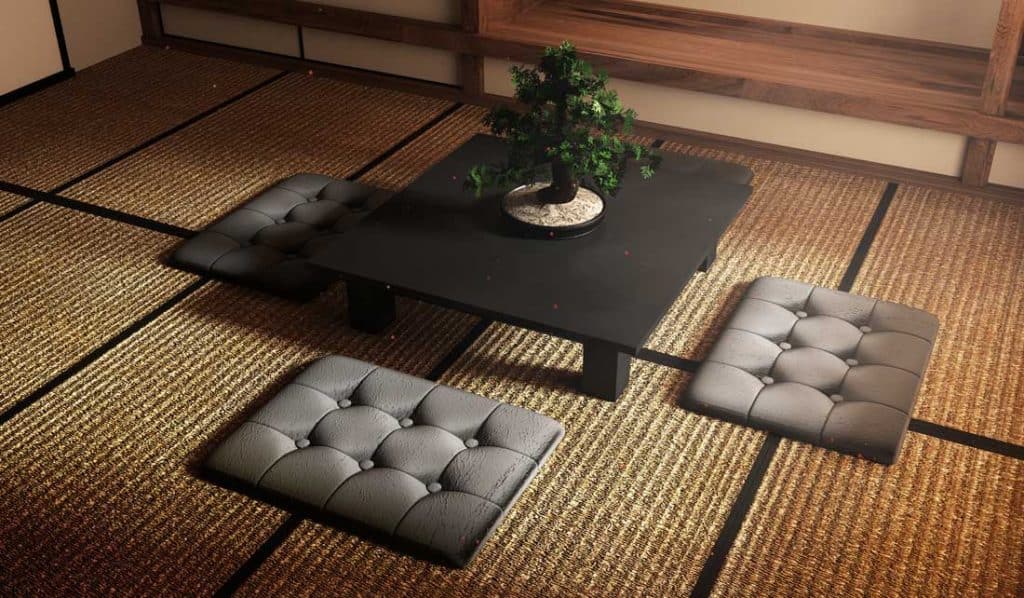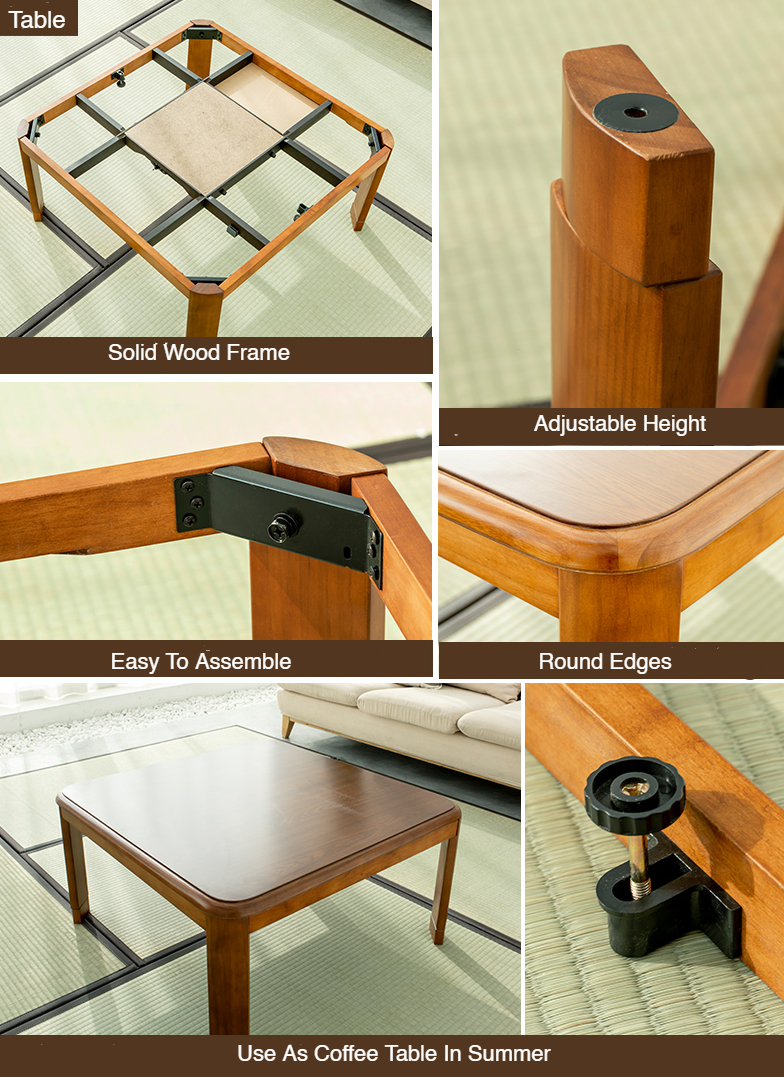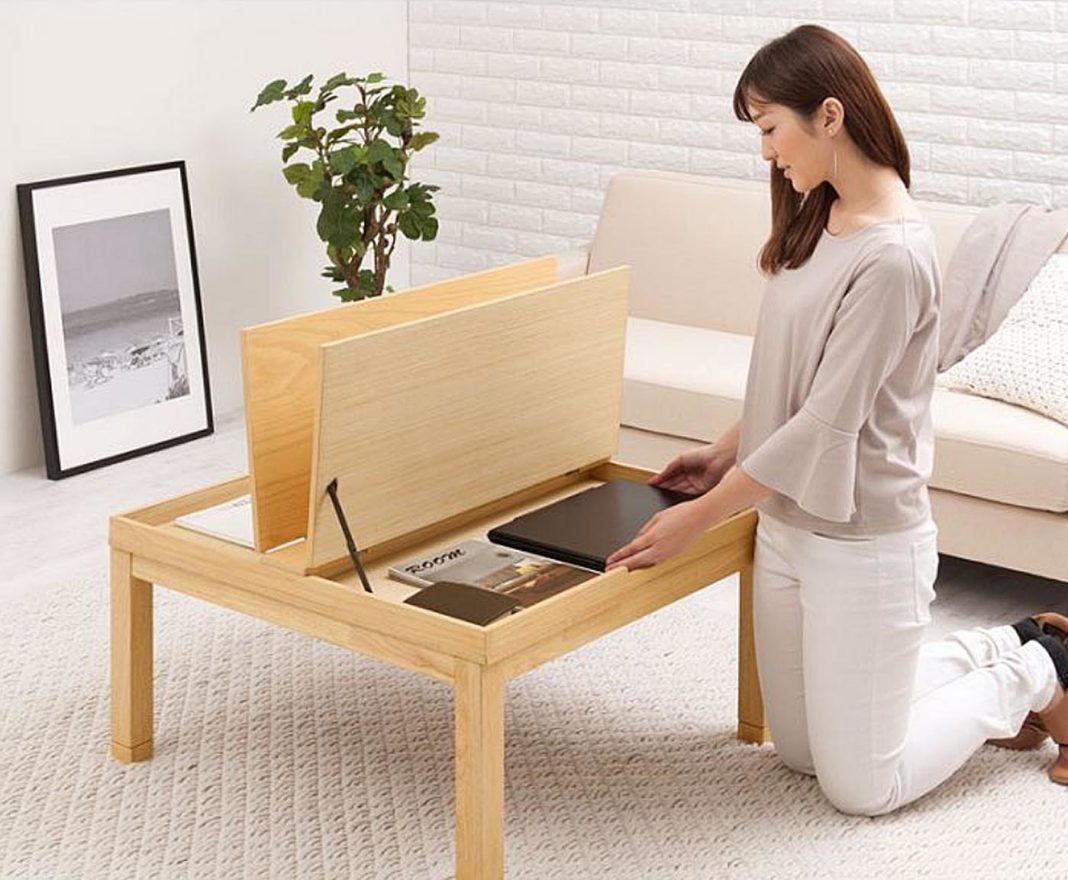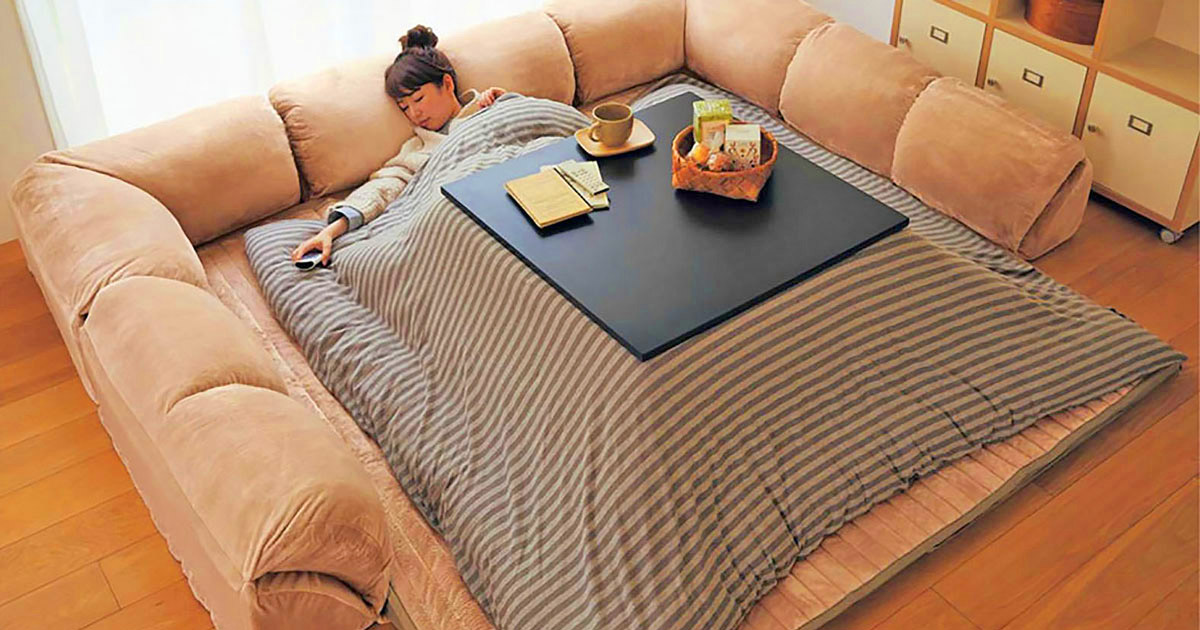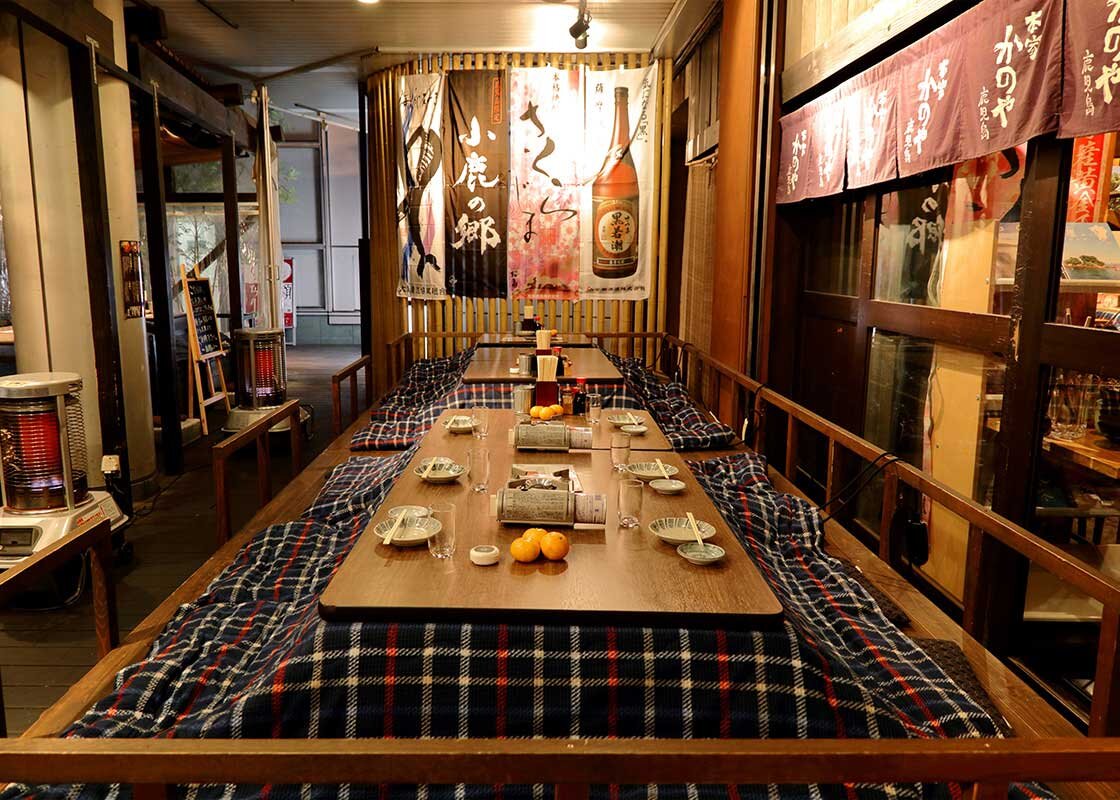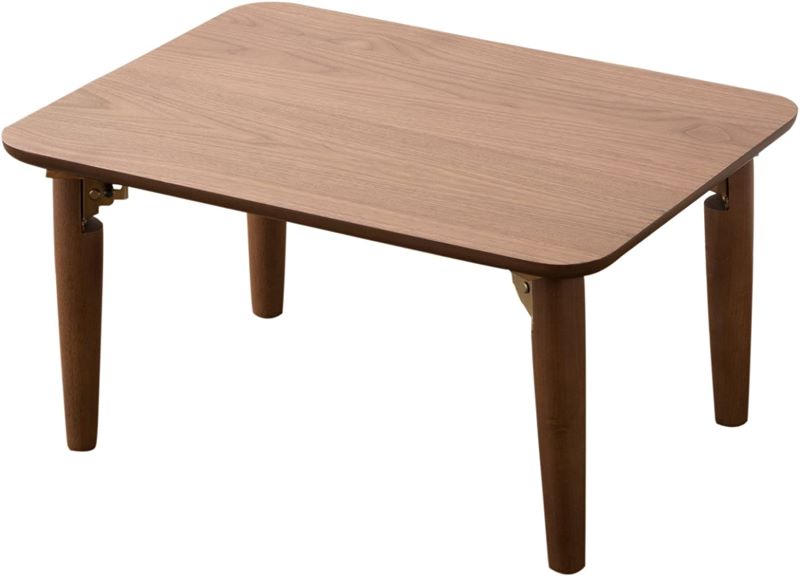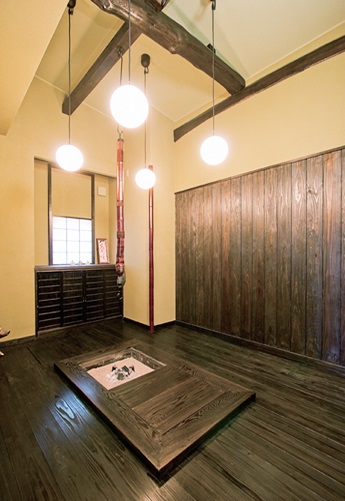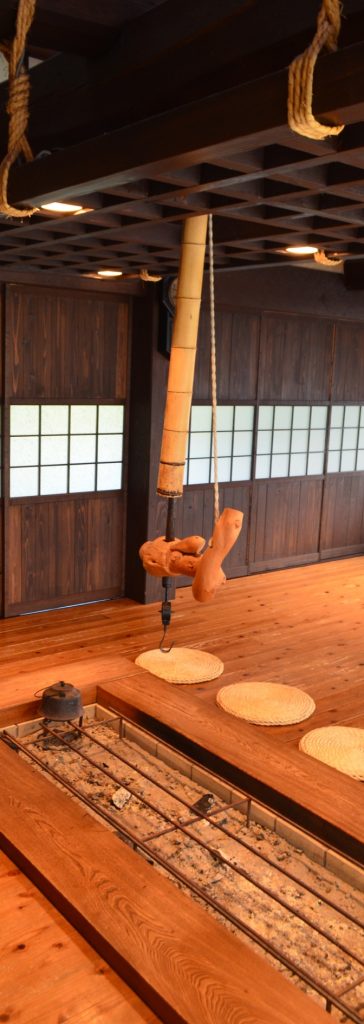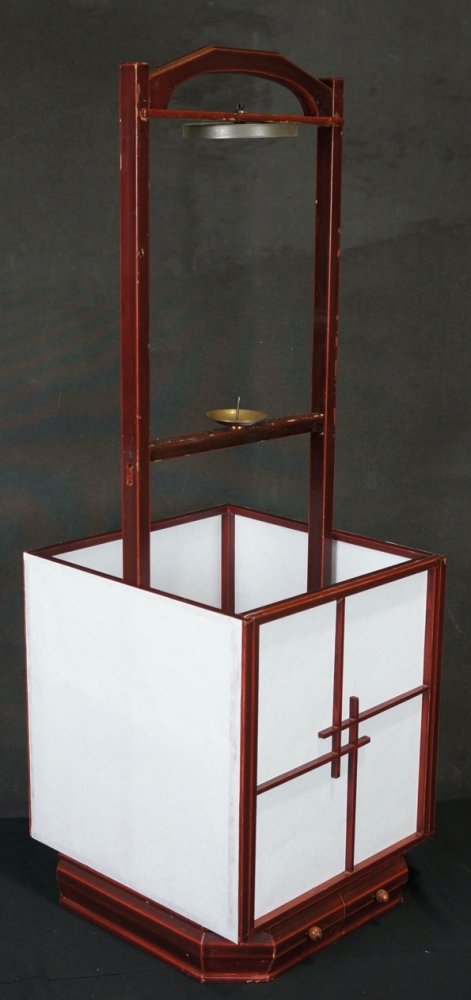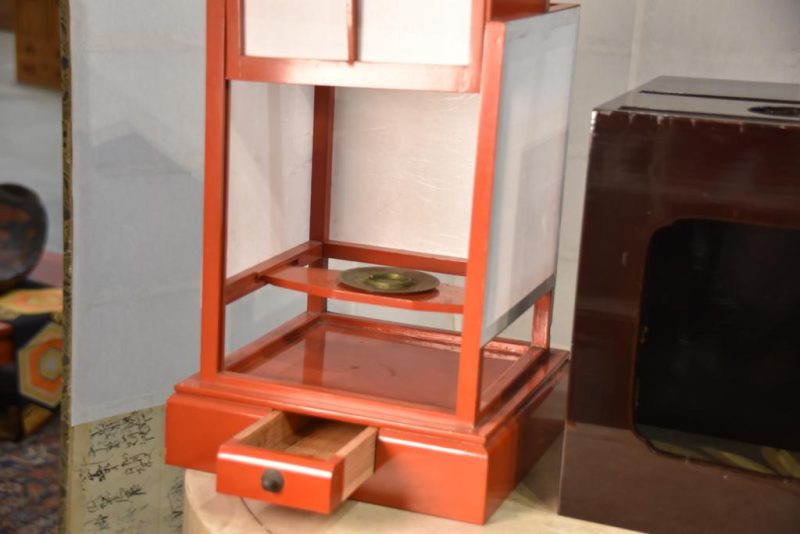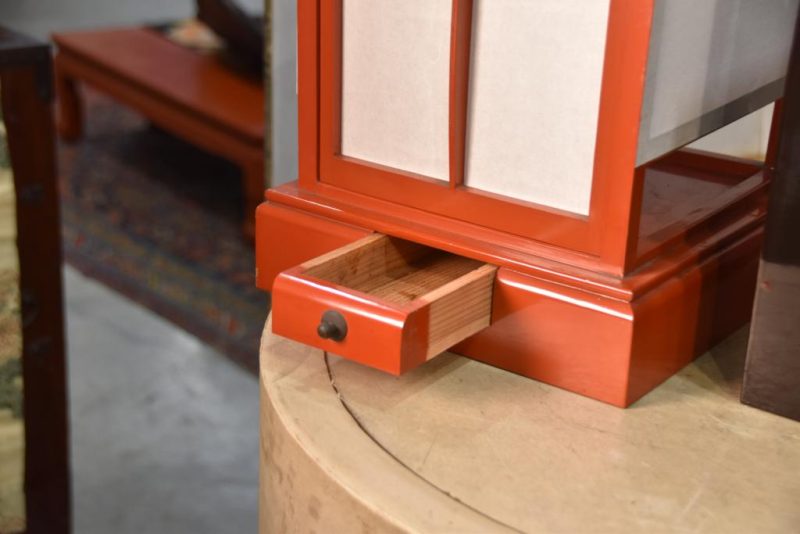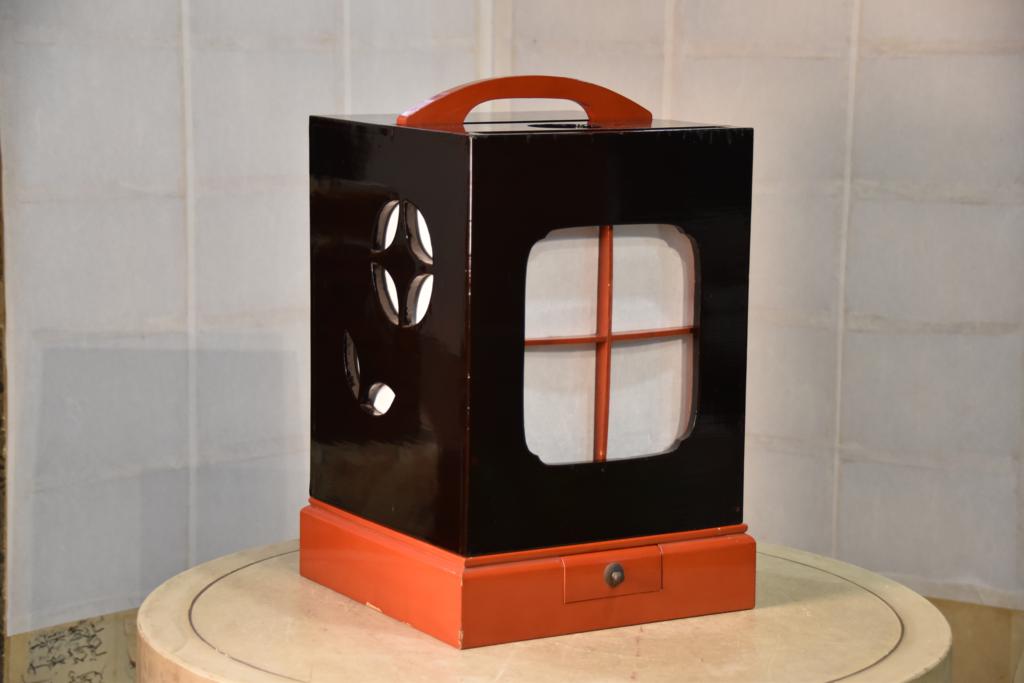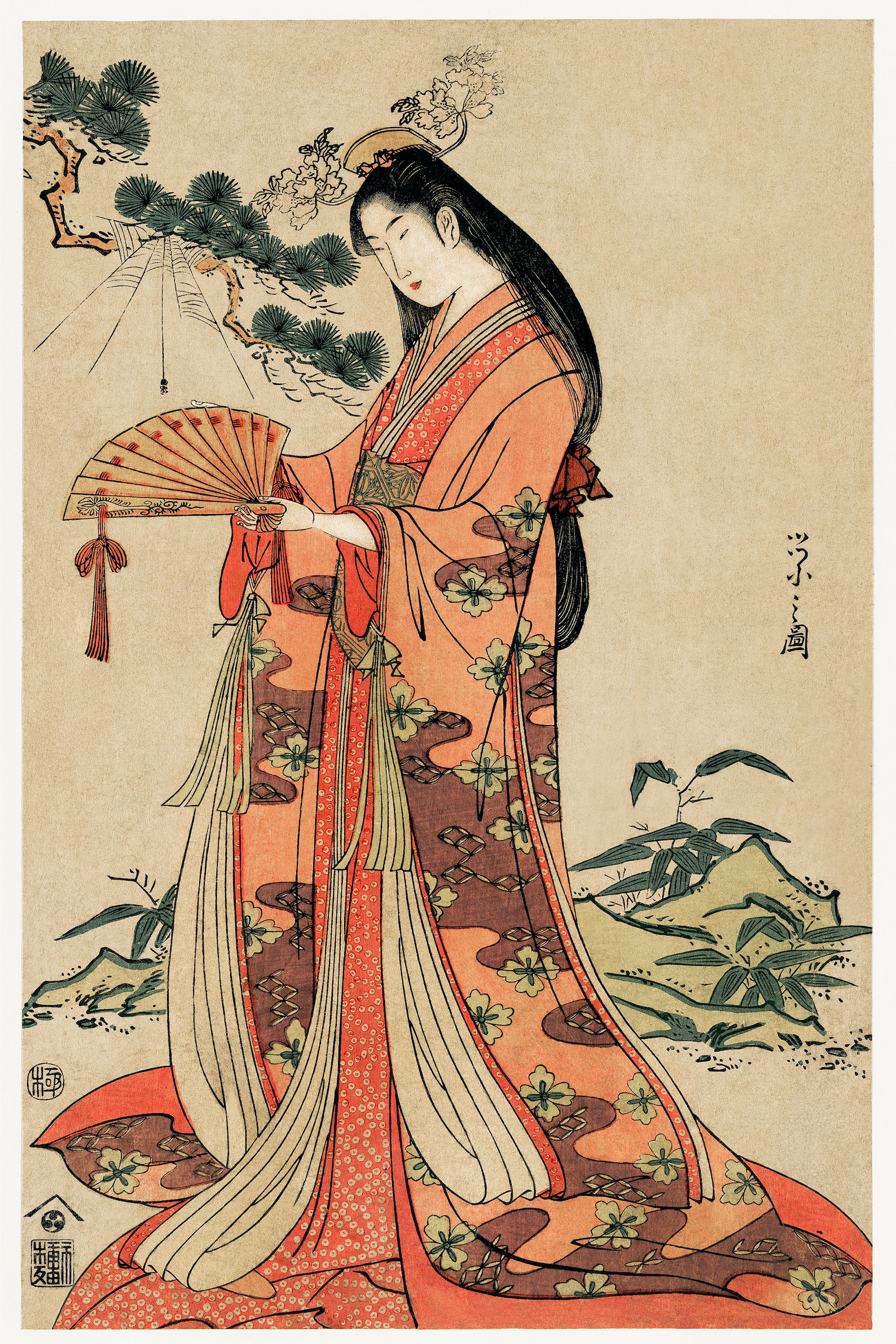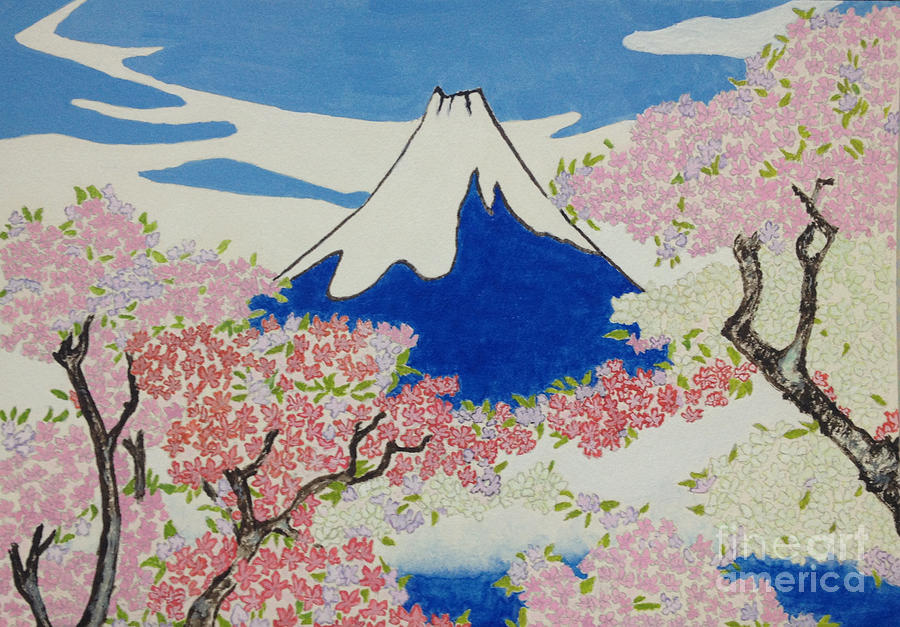The traditional Japanese living room, also known as the washitsu, is a serene and minimalist space that reflects the essence of Japanese culture. It is a place where simplicity, harmony, and nature come together to create a peaceful and inviting atmosphere. The design of the room is deeply rooted in Japanese aesthetics and traditions, making it a unique and special space in any home.Traditional Japanese Living Room
The focal point of a traditional Japanese living room is the tatami room, which is covered with traditional straw mats called tatami. These mats are not only comfortable to sit on, but they also have a symbolic meaning in Japanese culture. The number of tatami mats in a room is often used to measure the size and importance of a room. The tatami room is typically used for sitting, sleeping, and various cultural activities such as tea ceremonies.Japanese Tatami Room
Another defining feature of a traditional Japanese living room is the use of shoji screens. These screens are made of wooden frames and translucent paper, allowing natural light to filter through. They are used as room dividers, providing privacy while still maintaining an open and airy feel to the space. The delicate and intricate designs on the shoji screens add a touch of elegance and beauty to the room.Shoji Screen Room
In a traditional Japanese living room, the futon mattress is an essential piece of furniture. It is a thin, padded mattress that is placed on the tatami floor for sleeping. The futon is often rolled up and stored during the day, allowing the room to be used for other activities. The use of a futon instead of a bed reflects the Japanese belief in simplicity and living in harmony with nature.Futon Mattress
Along with the futon, zabuton cushions are used for sitting and lounging in a Japanese living room. These cushions are usually square or rectangular in shape and are placed on the tatami floor. They provide comfort and support while sitting on the floor and add a touch of color and texture to the room. Zabuton cushions are often used for informal gatherings or as a place to relax and meditate.Zabuton Cushion
A kotatsu table is a low, wooden table that is placed over a heat source. Traditionally, a charcoal brazier was used, but now electric heaters are more commonly used. The kotatsu table is covered with a thick blanket, and people sit around it with their legs under the blanket to keep warm during the colder months. It is a cozy and intimate way of spending time together with family and friends in a Japanese living room.Kotatsu Table
The chabudai low table is another piece of furniture commonly found in a Japanese living room. It is a small, low table that is used for eating, drinking tea, or playing games. It is typically made of wood and has a simple design, in line with the minimalist aesthetic of Japanese interiors. The chabudai table is often used in conjunction with zabuton cushions for comfortable seating.Chabudai Low Table
The irori fireplace is a traditional Japanese fireplace that is located in the center of the living room. It is a sunken hearth made of stone or clay and is used for cooking and heating the room. The irori fireplace is not only functional but also adds a sense of warmth and coziness to the room. It is often used during the colder months, and its presence brings a touch of tradition and history to the living room.Irori Fireplace
The andon lantern is a classic and iconic feature of Japanese living rooms. These lanterns are made of wood and paper and emit a soft, warm light. They are often used as decorative pieces, adding a touch of charm and ambiance to the room. In the past, they were used as a source of light, but now they are more commonly used for their aesthetic appeal.Andon Lantern
Ukiyo-e, which translates to "pictures of the floating world," is a traditional Japanese art form that often features beautiful landscapes, scenes from everyday life, and portraits of famous actors and courtesans. In a Japanese living room, ukiyo-e wall art adds a touch of color and culture to the space. The intricate details and vibrant colors of these prints make them a popular choice for decorating the walls of a traditional Japanese living room. In conclusion, a traditional Japanese living room is a beautiful and unique space that represents the essence of Japanese culture and aesthetics. From the tatami room to the andon lantern, each element plays a significant role in creating a serene and harmonious atmosphere. Whether you are looking to incorporate Japanese design into your home or simply appreciate its beauty, a traditional Japanese living room is sure to captivate and inspire all who enter.Ukiyo-e Wall Art
The Importance of Minimalism in Ancient Japanese Living Rooms

The Concept of Minimalism
 One of the key elements of ancient Japanese living rooms is the idea of minimalism. This design concept focuses on simplicity, functionality, and the removal of unnecessary clutter. In ancient Japan, this was not just a design choice, but a way of life. The Japanese believed that a cluttered and chaotic living space could lead to a cluttered and chaotic mind. By keeping their living rooms minimal and organized, they were able to create a sense of peace and harmony within their homes.
One of the key elements of ancient Japanese living rooms is the idea of minimalism. This design concept focuses on simplicity, functionality, and the removal of unnecessary clutter. In ancient Japan, this was not just a design choice, but a way of life. The Japanese believed that a cluttered and chaotic living space could lead to a cluttered and chaotic mind. By keeping their living rooms minimal and organized, they were able to create a sense of peace and harmony within their homes.
Design Features of Ancient Japanese Living Rooms
 As a result of the concept of minimalism, ancient Japanese living rooms were designed with clean lines, open spaces, and natural materials. Furniture was kept to a minimum, with only the essentials being used. This included low tables, floor cushions, and storage cabinets. These pieces were often made of natural materials such as wood, bamboo, and rice paper, adding to the overall simplicity and natural feel of the room.
As a result of the concept of minimalism, ancient Japanese living rooms were designed with clean lines, open spaces, and natural materials. Furniture was kept to a minimum, with only the essentials being used. This included low tables, floor cushions, and storage cabinets. These pieces were often made of natural materials such as wood, bamboo, and rice paper, adding to the overall simplicity and natural feel of the room.
The Use of Zen Gardens
 Another important aspect of ancient Japanese living rooms was the incorporation of
Zen gardens
. These miniature gardens were often placed in the corner of the room, bringing a sense of nature and tranquility into the space. These gardens were carefully designed with rocks, sand, and plants, and were meant to be viewed from a seated position, adding to the overall aesthetic of the room.
Another important aspect of ancient Japanese living rooms was the incorporation of
Zen gardens
. These miniature gardens were often placed in the corner of the room, bringing a sense of nature and tranquility into the space. These gardens were carefully designed with rocks, sand, and plants, and were meant to be viewed from a seated position, adding to the overall aesthetic of the room.
The Role of Tatami Mats
 One of the most recognizable features of ancient Japanese living rooms is the use of
tatami mats
. These traditional flooring mats were made of woven straw and were used to cover the entire floor of the living room. Not only did they add to the natural feel of the room, but they also provided a comfortable and durable surface for sitting and sleeping.
One of the most recognizable features of ancient Japanese living rooms is the use of
tatami mats
. These traditional flooring mats were made of woven straw and were used to cover the entire floor of the living room. Not only did they add to the natural feel of the room, but they also provided a comfortable and durable surface for sitting and sleeping.
The Influence of Nature
 Ancient Japanese living rooms were also heavily influenced by nature. This can be seen in the use of natural materials, as well as the incorporation of natural elements such as plants, water, and natural lighting. Large windows and sliding doors were often used to bring the outdoors in, creating a seamless connection between the living room and the surrounding environment.
In conclusion, ancient Japanese living rooms were not just a place to sit and relax, but a reflection of the Japanese way of life. With the focus on simplicity, functionality, and connection to nature, these living rooms were designed to promote a sense of calm and harmony within the home. The concept of minimalism, along with the use of natural materials and elements, continues to influence modern house design and is a testament to the timeless beauty of ancient Japanese living rooms.
Ancient Japanese living rooms were also heavily influenced by nature. This can be seen in the use of natural materials, as well as the incorporation of natural elements such as plants, water, and natural lighting. Large windows and sliding doors were often used to bring the outdoors in, creating a seamless connection between the living room and the surrounding environment.
In conclusion, ancient Japanese living rooms were not just a place to sit and relax, but a reflection of the Japanese way of life. With the focus on simplicity, functionality, and connection to nature, these living rooms were designed to promote a sense of calm and harmony within the home. The concept of minimalism, along with the use of natural materials and elements, continues to influence modern house design and is a testament to the timeless beauty of ancient Japanese living rooms.



